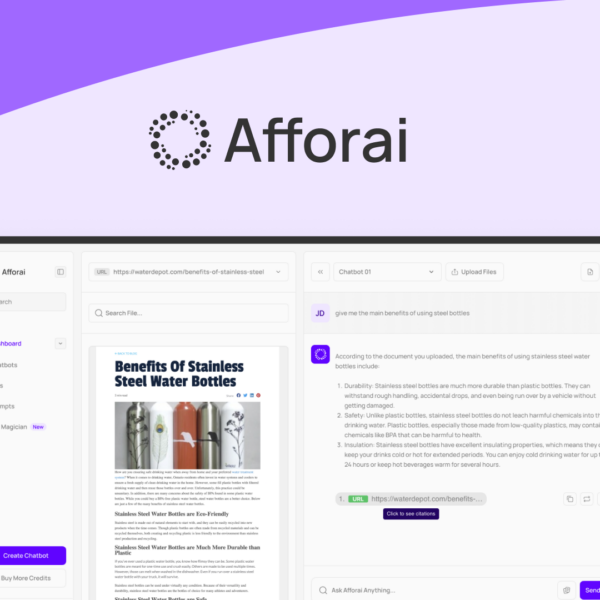Performance goals are essential not just for individual growth but also for the overall success of businesses. Curious how they drive progress? Let’s dive in!
Employee performance goals are vital for success. They give clear targets that help people focus their efforts. Setting these goals is like having a map. It shows the path to success.
Why Performance Goals Matter
When employees have clear goals, they know what to aim for. This can boost motivation and engagement. It’s easier to stay on track when you have specific milestones to reach.
Types of Performance Goals
There are many types of performance goals. For example, a sales team might aim to increase sales by 20% in six months. A customer service team might focus on reducing response times.
How to Set Effective Goals
To set effective performance goals, use the SMART method. This means goals should be Specific, Measurable, Achievable, Relevant, and Time-bound. For instance, instead of saying, “Get more clients,” say, “Acquire five new clients by the end of the quarter.”
Examples in Different Sectors
In retail, a performance goal could be improving customer satisfaction scores. In tech, it might involve completing projects ahead of schedule. These examples show how goals can differ based on roles.
Tracking Progress
Regularly checking progress towards performance goals is key. This could include weekly check-ins or monthly reviews. This keeps everyone informed and helps adjust goals if needed.




